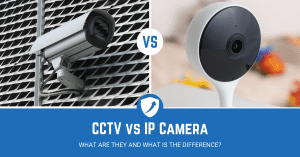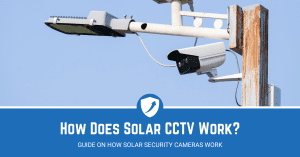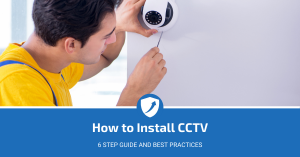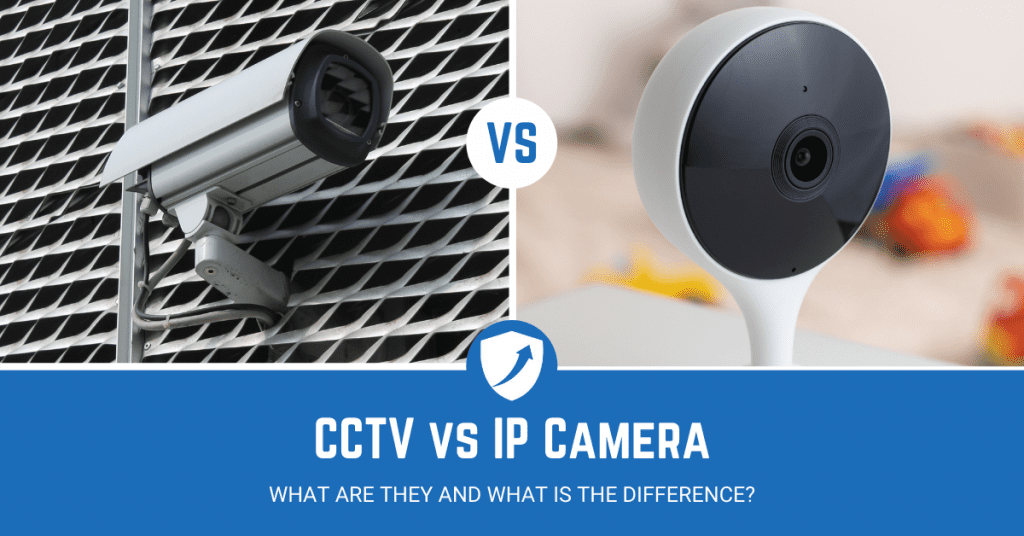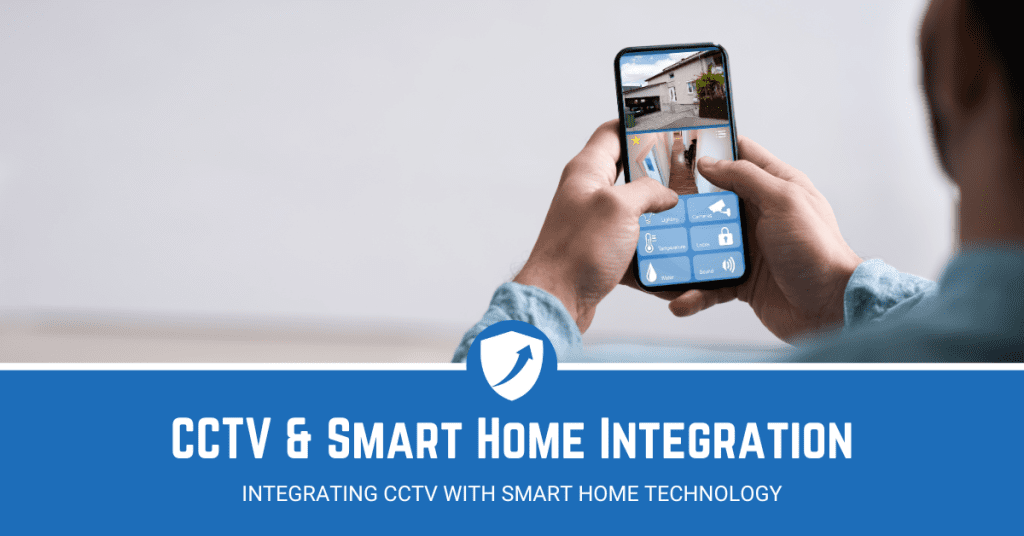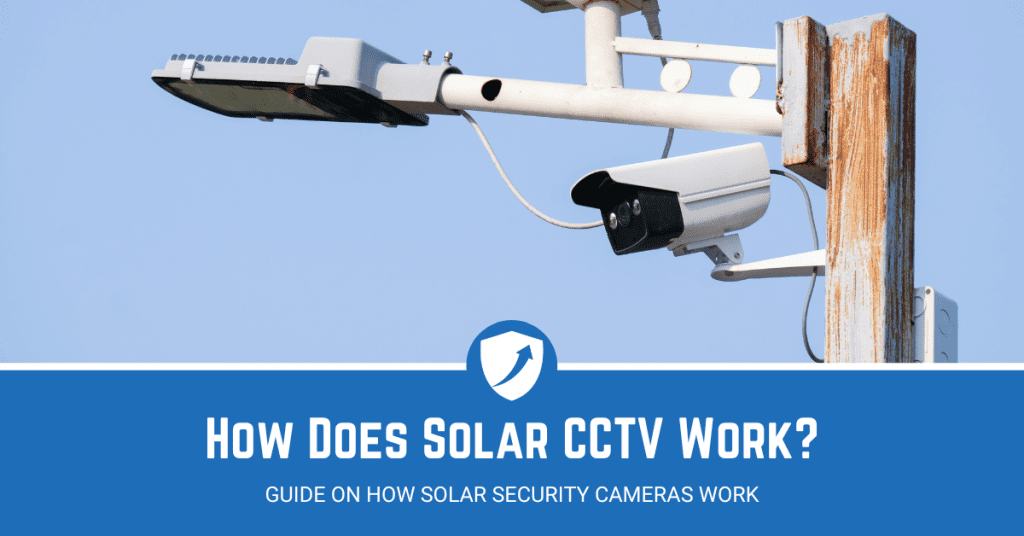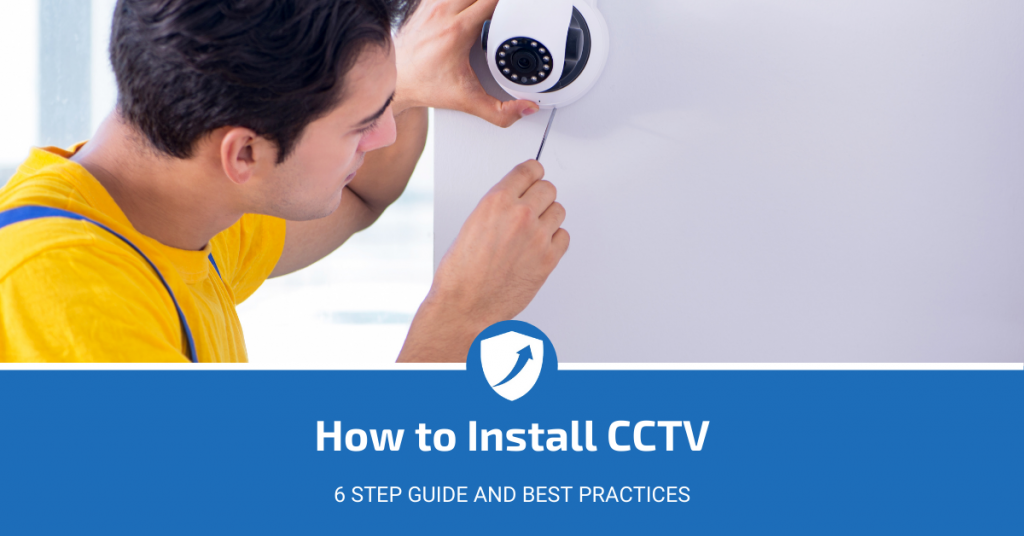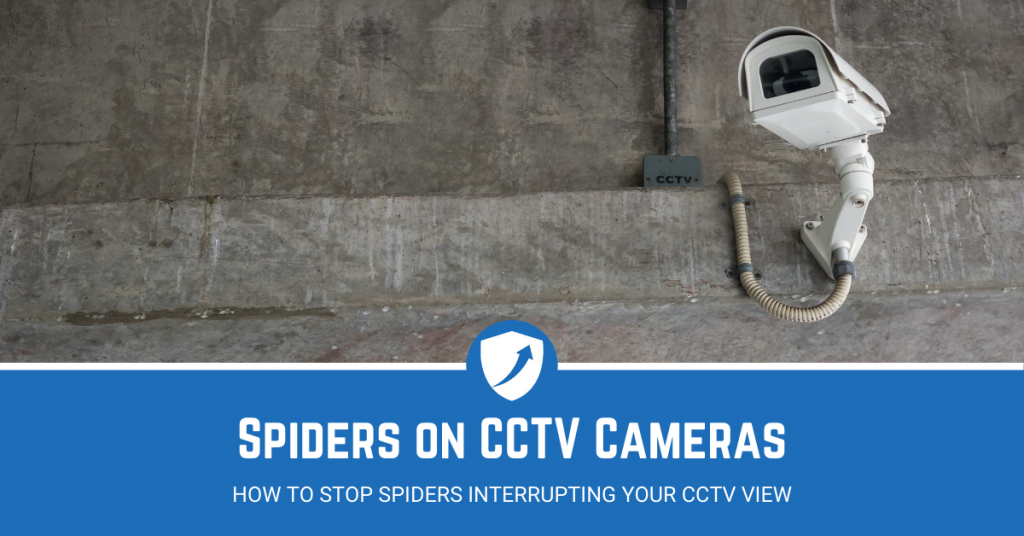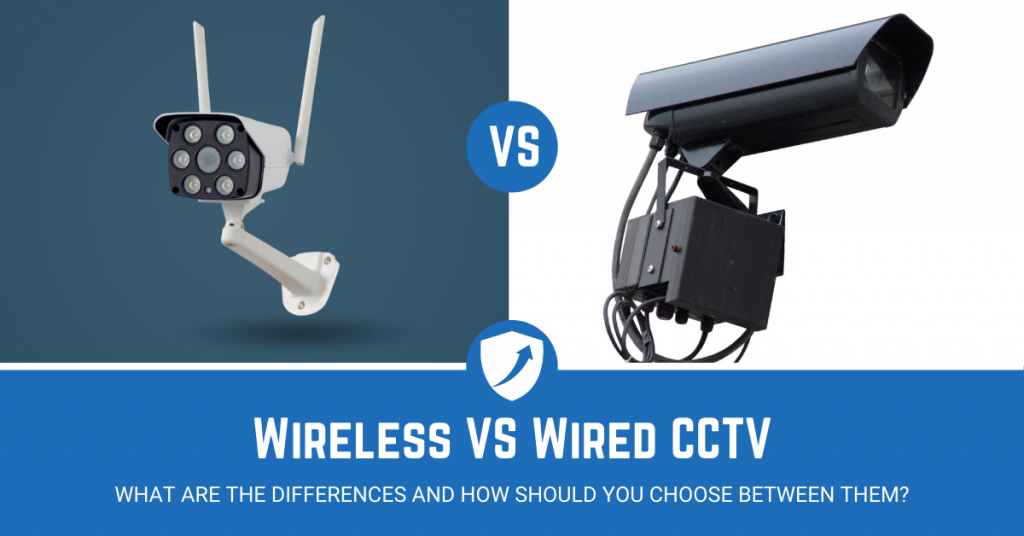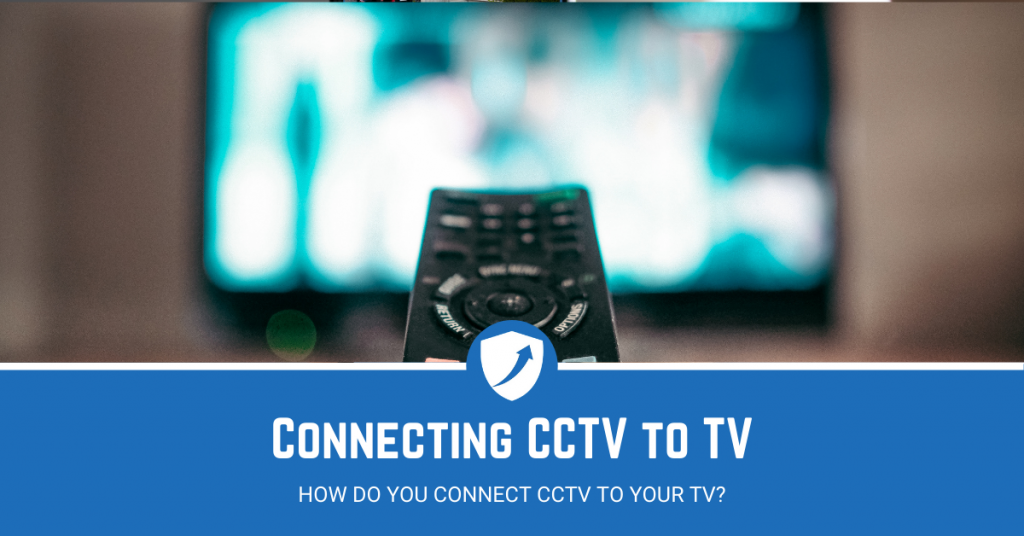CCTV systems have become a cornerstone in the realm of home and business security. While visual monitoring is an effective form of surveillance, adding audio capabilities through a microphone can enhance the effectiveness of your security system even further.
Whether you’re a homeowner looking to ramp up your home security or an installer wanting to provide a comprehensive package to your clients, this guide will walk you through the intricacies of adding a microphone to a CCTV system.
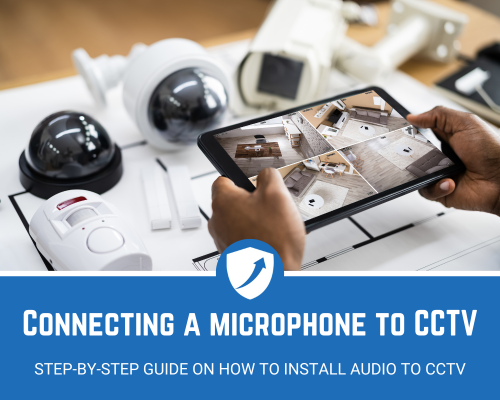
Specifically tailored for a UK audience, this guide will also shed light on the legal landscape surrounding audio surveillance.
So, in this article we’ll cover:
- Why you should look to add a microphone to your CCTV system
- How to choose the correct microphone
- Steps towards adding your microphone to CCTV
- Troubleshooting a microphone that doesn’t work with your CCTV
What's in this Guide?
Why You Should Consider Adding Audio to Your CCTV
The Benefits of Audio Surveillance
Audio adds another layer to your security setup, allowing for a more comprehensive understanding of a situation. For example, you may capture dialogue or noises that are crucial in an emergency. This additional data can help law enforcement in an investigation or simply provide homeowners with extra peace of mind.
The Legal Landscape in the UK for Audio Surveillance
It’s important to understand that audio recording, particularly in public or semi-public spaces, may have legal ramifications.
In the UK, the Data Protection Act and GDPR outline the legality surrounding audio surveillance. Always ensure you comply with these laws, which may require notifying individuals that audio recording is in place. Consult with a legal advisor to ensure you’re following all guidelines.
Who Should Read This Guide?
Homeowners
For homeowners, adding audio to your CCTV system not only enhances security but also can help in other ways—like verifying if a package has been delivered or identifying the source of a disturbance.
Security Installers
Security professionals and CCTV installers should be up-to-date with the latest trends and techniques in the industry. Learning how to seamlessly integrate audio into a CCTV setup will give you an edge over competitors and will add value to your services.
Choosing the Right Microphone for your CCTV
Choosing the right microphone isn’t just a matter of plug-and-play; there are different types of microphones, each with their unique features and benefits.
Different Types of Microphones and Their Features
Omni-directional Mics
These capture sound from all directions and are ideal for general surveillance but may pick up unwanted ambient noise.
Uni-directional Mics
These focus on capturing sound from a specific direction, useful in scenarios where you want to focus on a particular area.
Noise-canceling Mics
These mics are designed to minimize background noise, allowing for clearer audio recording, particularly useful in noisy environments.
What to Consider When Choosing a Microphone
Weather Conditions
For outdoor setups, consider microphones built to withstand weather conditions like rain, wind, and snow.
Indoor vs Outdoor
Make sure the microphone is suitable for your intended environment. Indoor microphones may not be weather-resistant and thus not suitable for outdoor setups.
Legal Considerations in the UK
Always consider the legality of audio surveillance. Know the limitations and responsibilities under UK law to ensure you’re not inadvertently breaking any rules.
By understanding these aspects, you can choose a CCTV microphone that will best serve your specific needs and remain compliant with UK laws.
Preliminary Steps Before Installation
Before you get your hands dirty, some preliminary steps are crucial for a smooth and effective installation.
Compatibility Check
Matching Microphone Specs with CCTV
Not all microphones are compatible with every CCTV camera. Check the voltage, impedance, and connection types to ensure they match between your chosen microphone and CCTV system. Incorrect matching can result in poor audio quality or even damage to your equipment.
Necessary Tools and Equipment
List of Tools Needed
- Screwdrivers
- Wire strippers
- Soldering iron (optional)
- Electrical tape
- Cable connectors
- Measuring tape
Where to Purchase Them in the UK
Most hardware stores across the UK, like B&Q, Screwfix, or Wickes, should have the tools you need. Online options like Amazon also offer a wide range of quality tools.
Safety Precautions
Turn Off Electrical Circuits
Before starting, turn off any electrical circuits that are connected to your CCTV system to avoid accidental electrical shock.
Safety Gear to Use
Always wear rubber gloves when handling wires, and consider eye protection when soldering. Safety first is a principle that never gets old, even for seasoned installers.
Step-by-Step Guide to Connecting a Microphone to CCTV (H1)
Overview of the Process
Adding a microphone involves locating the audio input, making the physical connections, configuring any software settings, and testing to ensure optimal functionality. Let’s break it down.
Step 1: Locating the Audio Input
Depending on your CCTV camera model, the audio input could be a simple 3.5mm jack or a more specialised connection. Refer to your CCTV camera’s manual for exact information.
Step 2: Connecting the Microphone
After you’ve located the audio input, connect your microphone. Make sure all connections are secure. It’s a good practice to tape or otherwise secure loose wires so that they don’t become disconnected over time.
Step 3: Configuring Settings
Some CCTV systems may require software-based settings adjustments. This could be setting audio levels or enabling the audio input within the camera’s software interface. Again, consult your user manual for exact procedures.
Step 4: Sound Testing
Once everything is hooked up, conduct a series of tests to make sure the audio is being captured as expected. Make adjustments to microphone placement or settings as needed to ensure clear audio capture.
Troubleshooting Common Issues
Even with the best laid plans, you may run into issues. But don’t worry—most common problems have straightforward solutions.
No Audio
If you’re not getting any audio, check the following:
- Connections: Ensure all connections are secure.
- Settings: Double-check your CCTV system’s settings to ensure audio is enabled.
- Microphone Power: Some microphones require separate power. Make sure it is powered on.
Poor Audio Quality
If you’re getting poor audio, here are some tips:
- Cable Length: Longer cable runs may degrade audio quality. Consider a signal booster if you have a long run.
- Interference: Electrical interference can affect audio quality. Make sure cables are not running parallel to electrical lines for extended lengths.
- Audio Settings: Consult your system settings to see if audio levels or noise reduction features can be adjusted for better quality.
Legal Considerations
Again, remember that the laws in the UK regarding audio surveillance are strict. Always check with a legal advisor to make sure you’re within legal rights to record audio, especially if the surveillance area extends beyond your private property.
Conclusion
Recap of Key Steps
To add a microphone to your CCTV system:
- Choose the right microphone.
- Prepare the necessary tools and take safety precautions.
- Ensure compatibility and make the connections.
- Test and troubleshoot as needed.
Next Steps for Your Audio Surveillance
Now that your microphone is set up, perhaps it’s time to consider further enhancements to your security system, such as additional cameras or advanced software features.
Call to Action
You’re now equipped with the information to enhance your CCTV setup with audio capabilities. The next step is yours: start browsing for that perfect microphone, get your tools ready, and elevate your home or business security to the next level.
By understanding these different aspects, you’ll not only secure your premises more effectively but also comply with UK regulations. Thanks for reading, and remember, the key to effective security is staying informed and proactive.


